
These are closely related to Amanita Muscaria the Fly Agaric, one of the most recognizable mushrooms around. Before I was very familiar with panthers, I used to think of them as a brown "palette swap" of A. Muscaria but they're actually pretty different from each other.
Panther Caps tend to be smaller and more stocky than Muscaria and have an actual sack-like volva at the base rather than the "bulb with rings" Muscaria has.
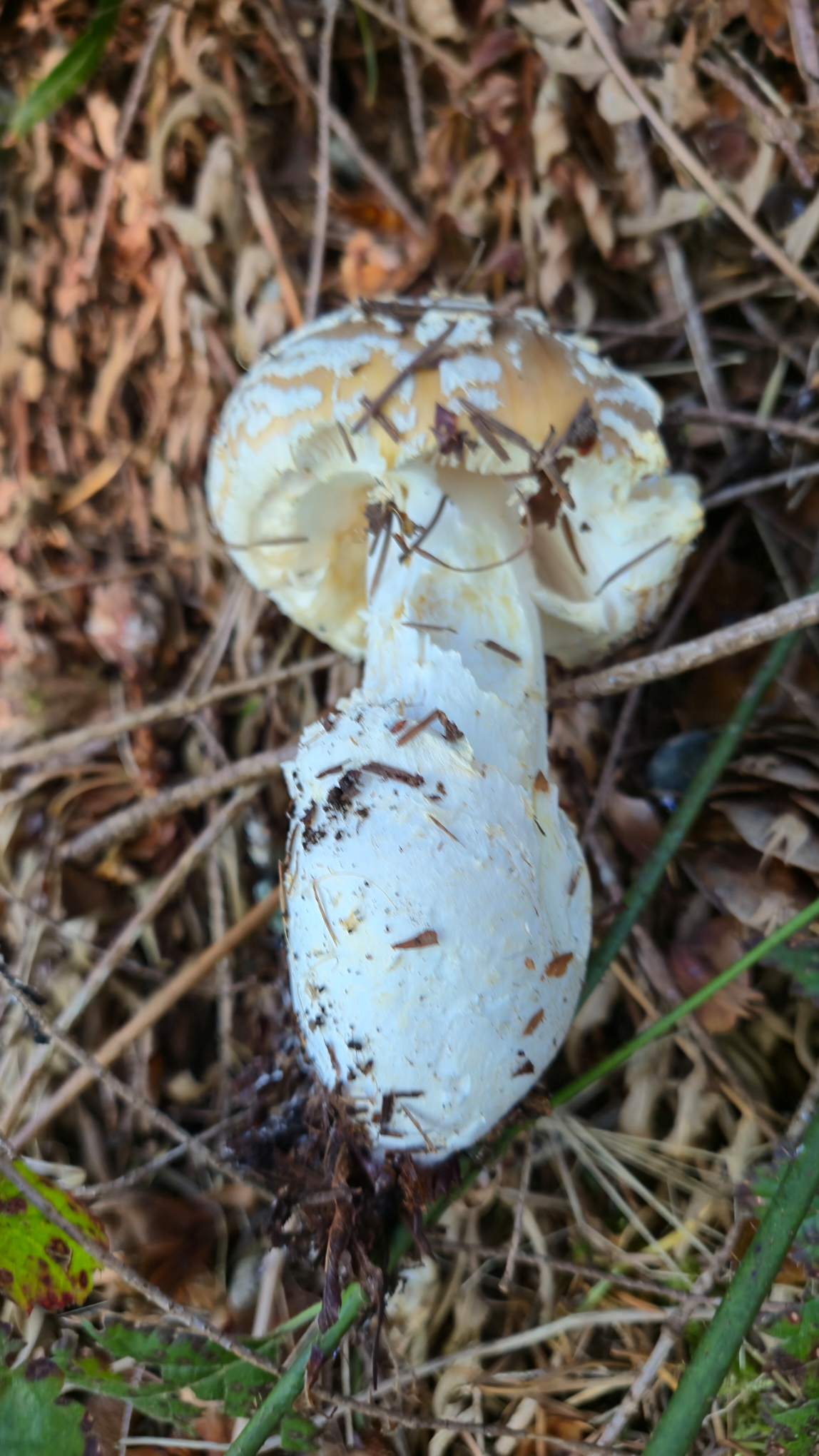
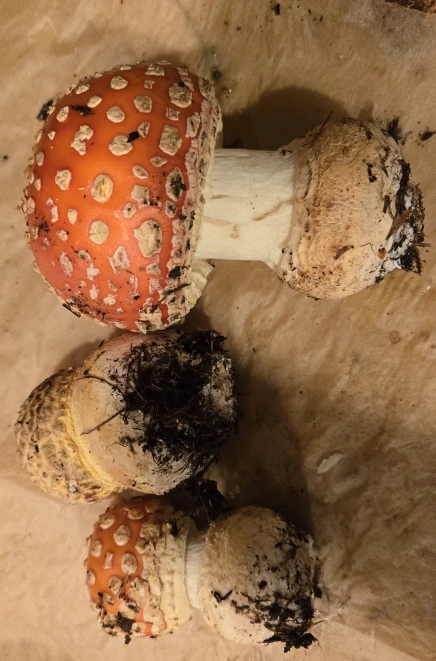
They contain the same poisons as A. Muscaria, ibotemic acid and muscarine, but in much higher and potentially deadly concentrations. As such, it is inadvisable to attempt to detoxify and eat these as you can with A. Muscaria (the poisons are both water-soluble so if you're willing to take the risk, they can be removed from Muscaria by boiling one or more times with lots of water which should be discarded each time).
A. Pantherinoides found in Western North America, is distinct from A. Pantherina which is found in Europe. The Western Panther sometimes has uniformly dark brown cap like A. Pantherina, but the cap is often two-toned (as pictured in the main photo on this post), honey-colored, or even completely straw-yellow (which makes it very difficult to differentiate from all the other straw-yellow Amanitas).



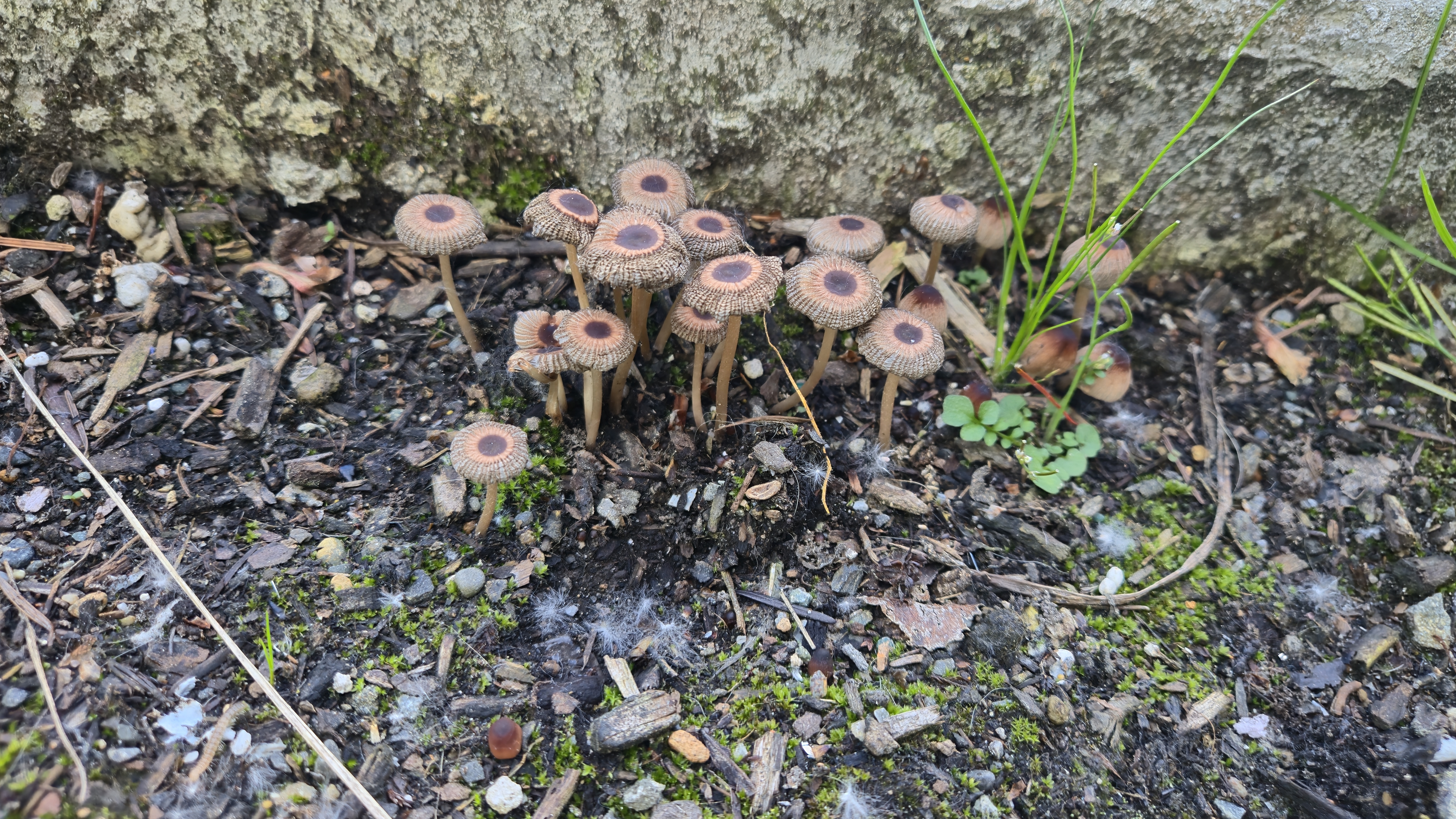

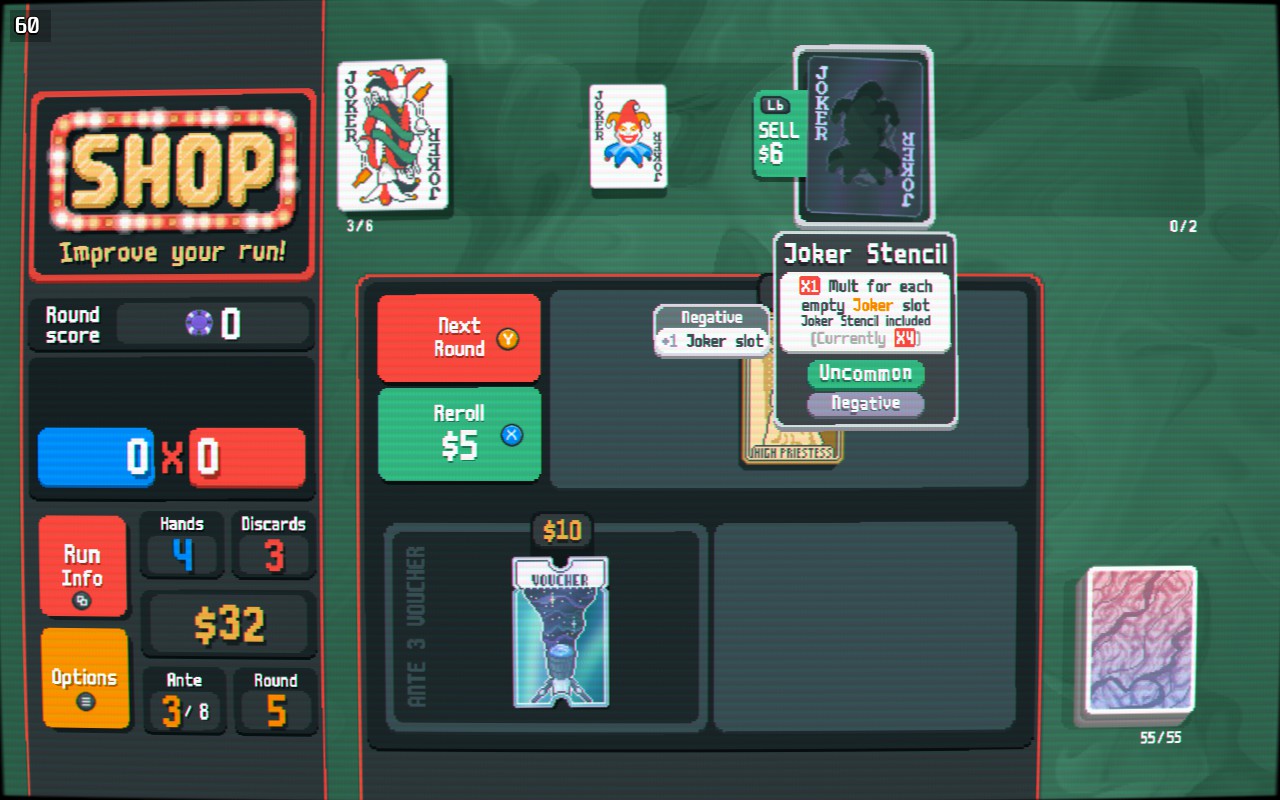


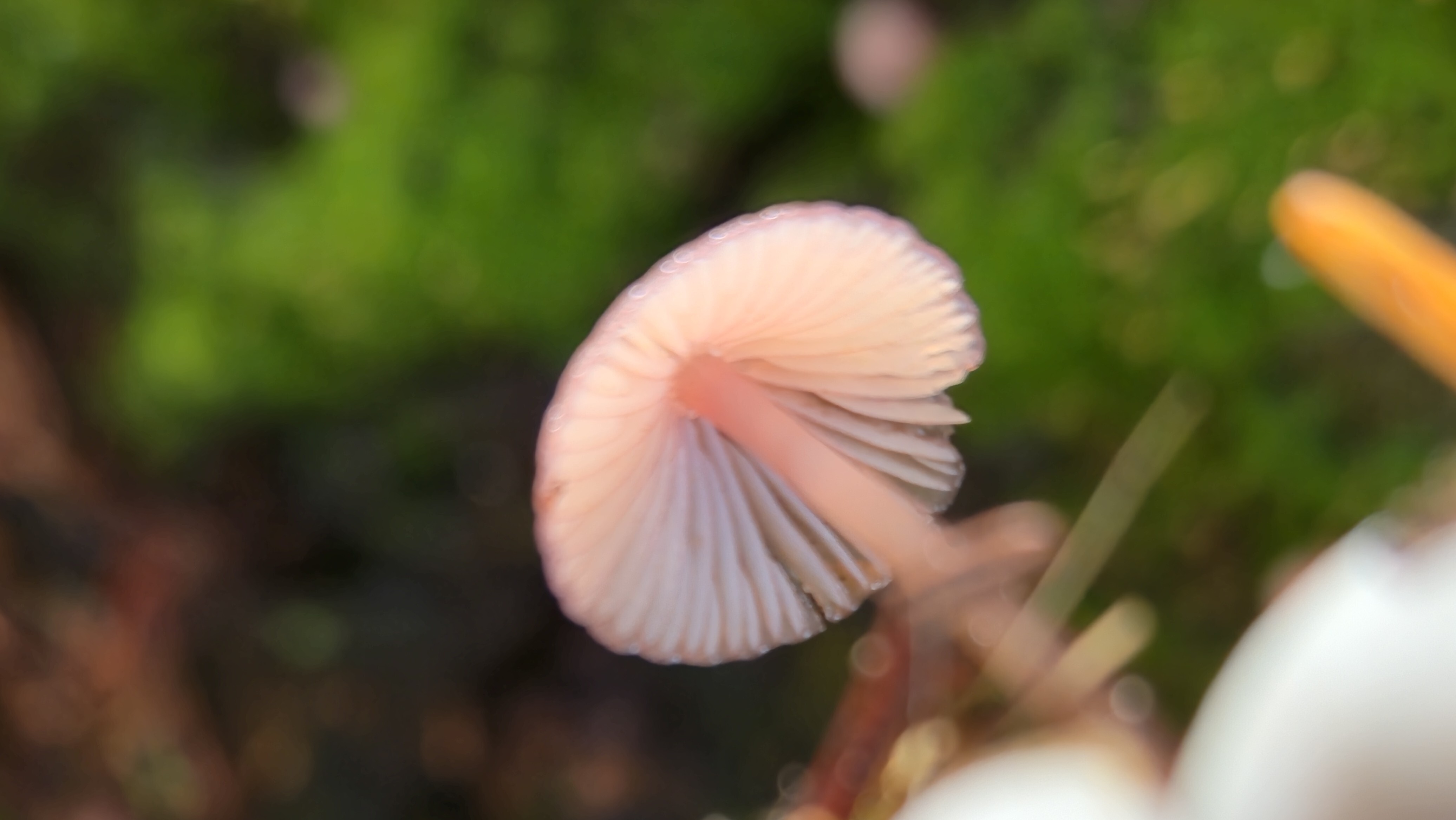

This is me emailing mycologists to ask if they want to sequence any of the unusual mushrooms I found.